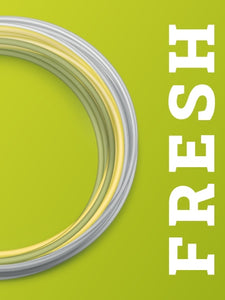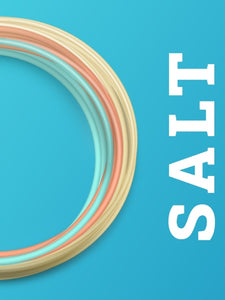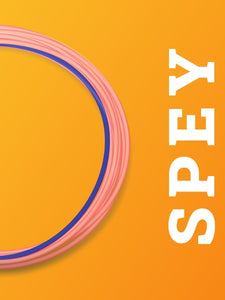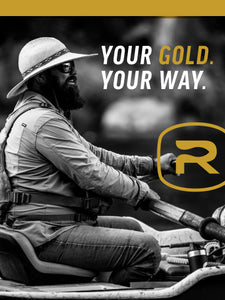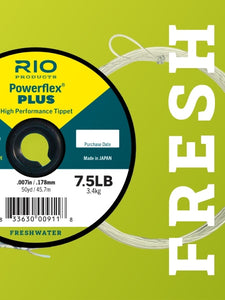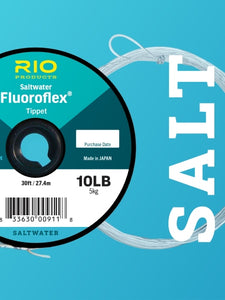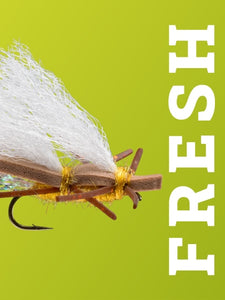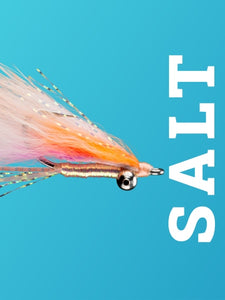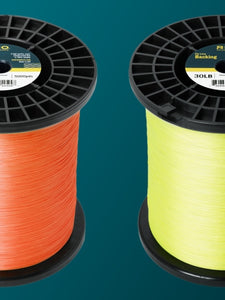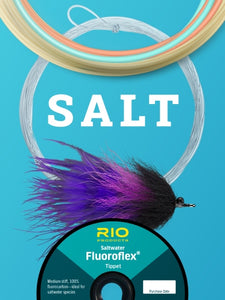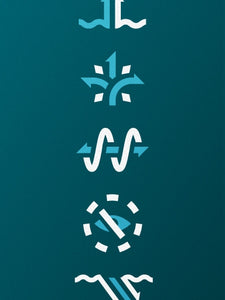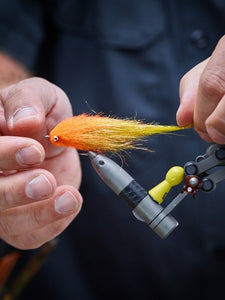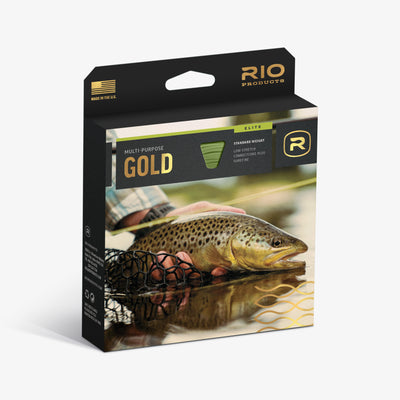Utah’s Green River has always been as much about big personalities as it is deep canyons and trouty wonders. Early explorer John Wesley Powell set the stage, when in 1869 he led a three-month trip down the Green and Colorado rivers that included the first government-sponsored passage through the roiling guts of the Grand Canyon. More than a century later, in the early ’80s, visionary guides like Emmett “Dean of the Green” Heath helped bring what was once a hard-to-reach, unheralded fishery into the national spotlight.
Today’s generation of career water-shovelers follows in those legendary oar strokes, ushering in a new era of unplugged fishing entertainment. The majority will fill your net, for sure, but the best bring something more fulfilling to the game. Instead of pinning success on catch statistics, they leave you with a deeper understanding of your surroundings, a better appreciation of hatch cycles and fish behavior and, when you take time to let it all soak in, with the skills you can pocket and reuse to unravel practically any fishery.
Since 2011, Green River guide Colby Crossland has been on the crusade, putting in the work and preaching the good word. Here’s his take on what it takes to transcend.
